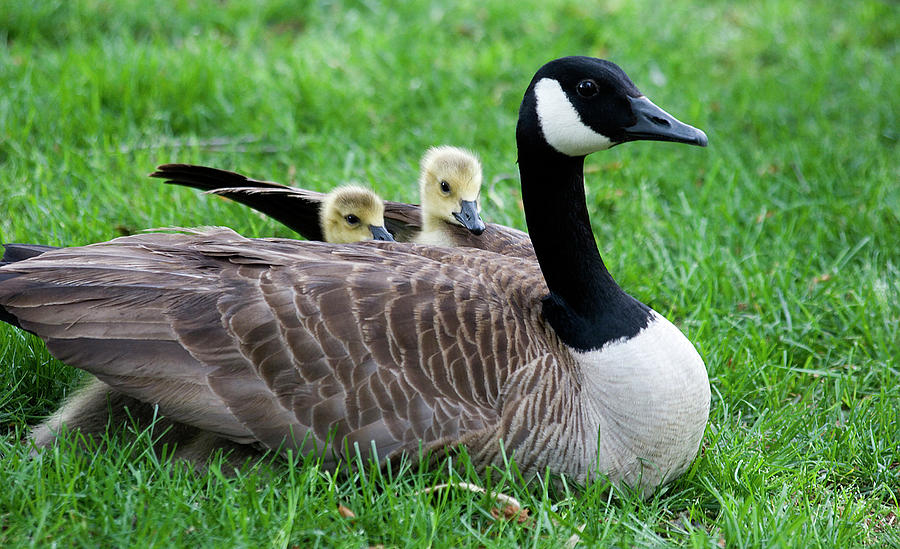Having populations of Canada Geese with a specific town or county can provide a wide range of different economic and social benefits for local residents.
One such benefit is the recreational viewing of them, as well as harvesting them also.
However, although these birds provide many people within a community with much enjoyment, they do also sometimes cause problems for certain land use practices, which does raise concern relating to human safety and health.
If this becomes a particular problem, get rid of geese with this guide.
Post Contents
Benefits Of Canada Geese
There are many benefits that Canada Geese bring to a town or county. For instance, recreational activities, such as hunting and bird watching bring in lots of money to the local economy.
Additionally, these birds also provide a range of different ecological benefits that help in the survival of various other flora and fauna.
Some of the many benefits that they provide those towns and counties where they reside are listed below.
Ecological
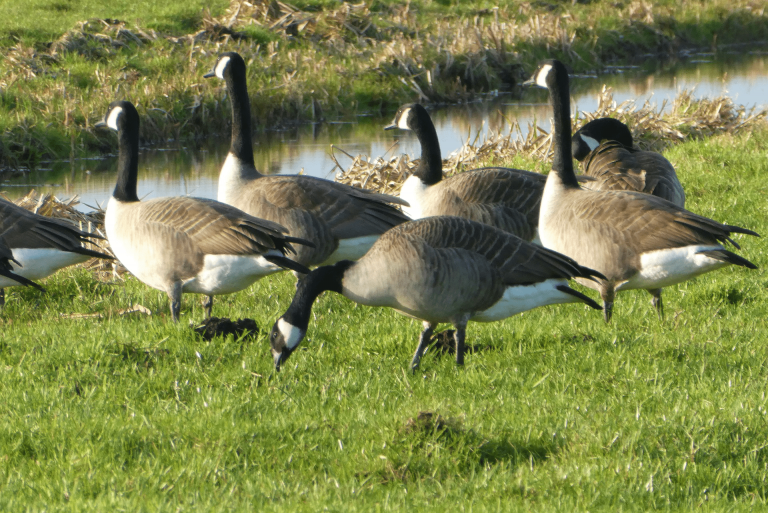
Canada Geese eat various plants in one specific area and then disperse the seeds in another one through their poop.
Where it exists within moderation, these bird’s poop can fertilize soil by adding lots of good nutrients to it.
The birds, along with their young and their eggs, act as a source of food for the likes of turtles, raccoons, snakes, foxes, as well as other carnivorous predators that live in North America.
Aesthetic
Although whether or not something is considered to be beautiful is very much a subjective matter, there is no denying that lots of people find Canada Geese to be aesthetically pleasing, i.e. beautiful to look at, and take pleasure from the fact that they live within their town or county.
Economic and Recreational
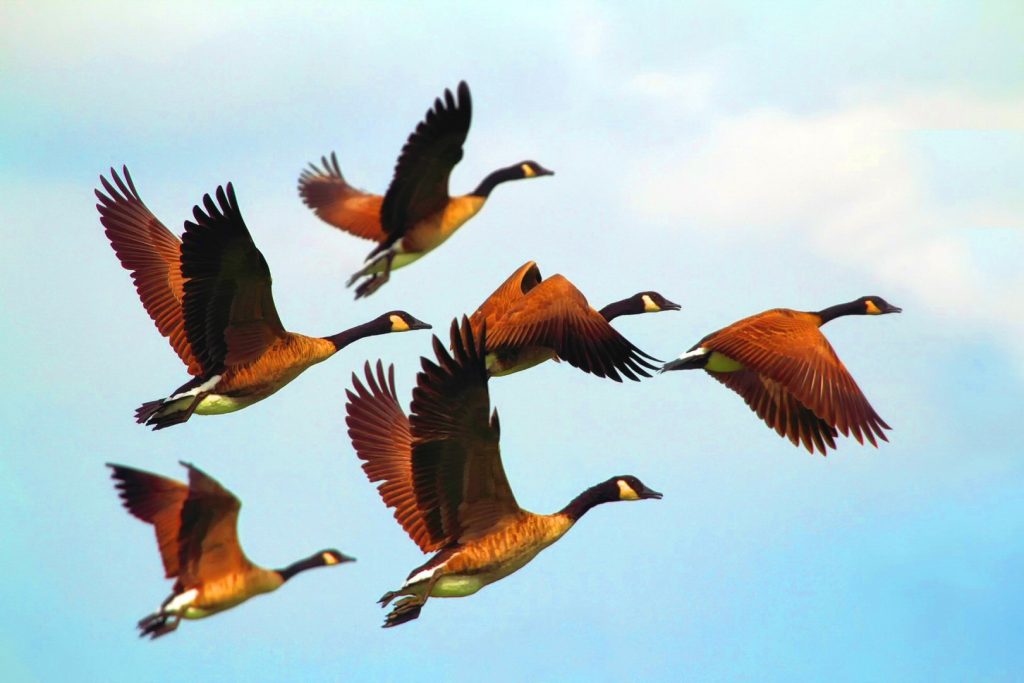
Canada Geese add lots to a town or county by way of economic and recreational impact. For instance, sport hunting and bird watching are two very popular activities practiced in North America.
These things boost the local economy through participants purchasing things such as spotting scopes, binoculars, guns, ammo, etc from stores within the town or county.
Negatives Of Canada Geese
The common practice of having short grassy areas next to rivers and lakes is one of the main reasons as to why Canada Geese populations can become well established within a specific town or county.
Having lots of suitable habitats, along with there being no predators, a lack of hunting, and people happily handing food out to them, there has been a real boom in Canada Geese numbers throughout North America.
However, as a result of these increased numbers, they have had a negative impact on the towns and counties where they have taken a strong hold in, with them affecting agricultural crops and damaging property.
Damage Natural Resources
Examples of the damage that Canada Geese cause to natural resources include trampled vegetation, when it is next to a body of water; erosion of the land from the birds trampling on it and through them eating off of it; contamination of water from their poop; and damaged crops and wetlands from constant grazing and trampling.
When a significant enough amount of Canada Geese poop gets into a body of water, it can lead to a large increase in algae to grow.
Because these aquatic plants take lots of the oxygen out of the water, it can result in the reduction of other water plants, fish, insects, and whole species of animals.
Damage Property
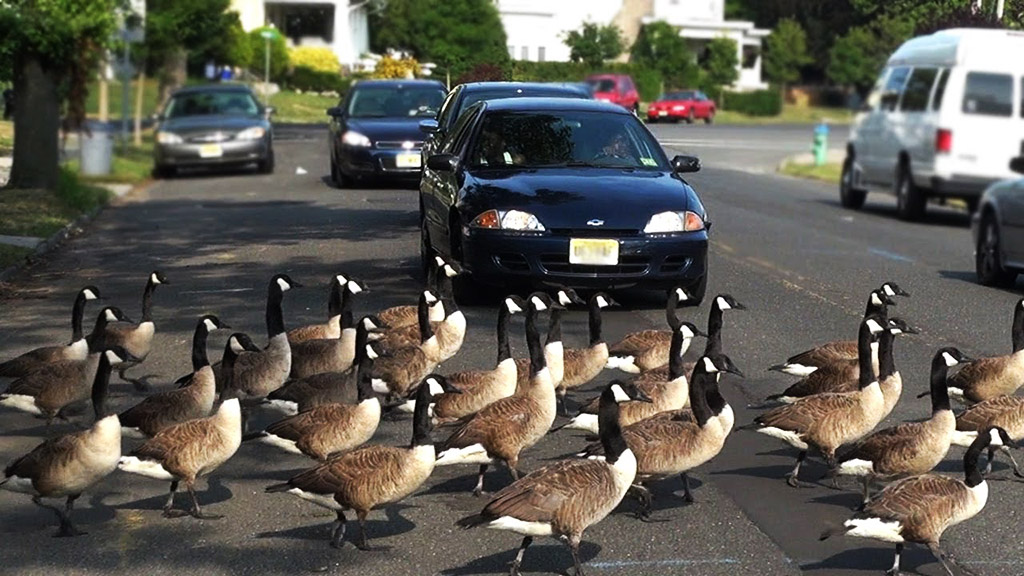
Canada Geese are well known for causing damage to turf grass from their poop and constant trampling on it.
This is particularly troublesome when it happens in public areas, such as community dwellings, cemeteries, schools, water treatment reservoirs, airports, beaches, and parks.
Because of the damage that they cause, these birds are much loathed by those people who manage areas such as athletics fields and golf courses.
This is due to the fact that the act of reseeding a space can be very time consuming, as well as very expensive. Where Canada Geese poop on football fields and soccer fields.
Some parents have become concerned that with poop covered all over the field, their children are more likely to slip over and injure themselves whilst playing sports.
There is also the cost of having to employ a single person or persons to clean up all of the poop in order to keep public spaces clean and safe from the bird’s poop.
Human Safety and Health
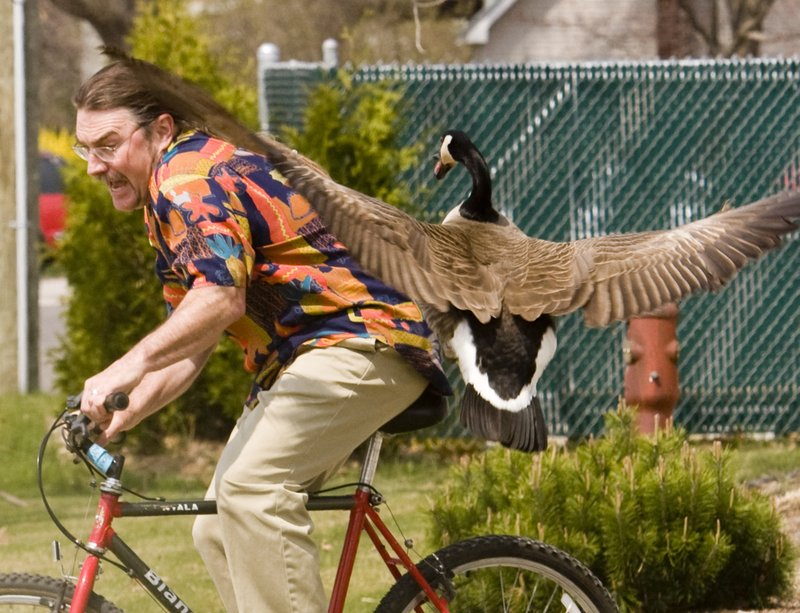
These concerns come from the media, resource managers, and even the general public due to the fact that disease can transmit from the poop of Canada Geese to humans, either through direct contact or through the water system.
Despite of all of this, the process of transmission is still not very well known.
Damage Agriculture
The birds damage the agriculture in the towns and counties where they are by trampling over and grazing on seeds, pastures, and grain crops.
The crops that are most targeted by Canada Geese include oats, rye, wheat, soybean, corn, barley, and alfalfa to name just a few.
As a result of their grazing, it lowers the yield of these crops and can even lead to entire crops being lost. Despite there being no links proven, many believe that the birds pass harmful pathogens to livestock.
Summary
The migratory birds that are Canada Geese clearly do provide a wide range of ecological, aesthetic, economic, and recreational benefits to the towns and counties where they reside in North America.
That being said, these benefits do come with some negatives that can, for some people, outweigh them, which includes the damage that they do to agricultural crops and natural resources, as well as to public, commercial, and private property.
Because of the various concerns that have been raised by the media, resource managers, and private citizens relating to how Canada Geese impact on human safety and health, these birds are now seen by some of the North American public as a problem, rather than something that is beautiful.







